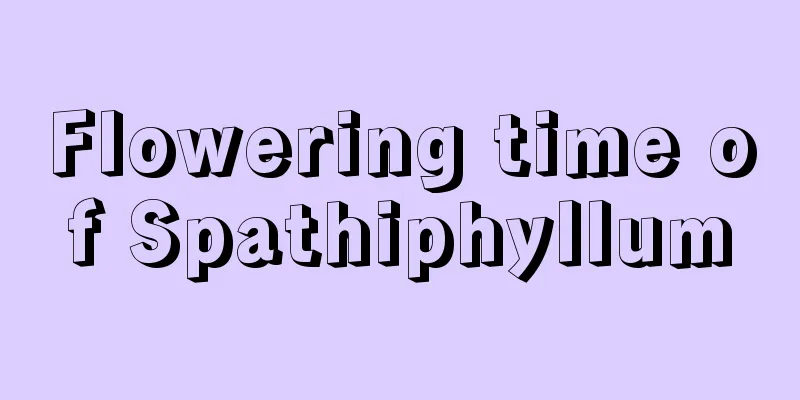How to cultivate cilantro

1. Maintenance methods1. Temperature: Coriander prefers a warm growing environment. Generally, the temperature needs to be kept between 22 and 28 degrees during the growth period. The temperature cannot be too high, especially for hydroponic coriander. If the temperature is too high, it will easily rot. At the same time, the temperature cannot be too low, otherwise you will get frostbite, so you need to keep warm in winter. 2. Watering: Coriander can be planted in soil with good air permeability or hydroponically. Therefore, the water requirements are relatively high. During the growth period, it needs to be watered every two to three days. In the hot summer weather, it is necessary to change the water about every seven days to avoid bacteria breeding and rotting due to high temperature. 3. Light: Coriander prefers semi-shaded places. Strong light must be reduced during the growth period, and it needs to be shaded in summer. Of course, normal growth still requires gentle light, so that it can carry out photosynthesis and make the color more beautiful. 4. Fertilization: Coriander is a fertilizer-loving plant. Fertilizer-rich soil can make it grow stronger and also allow it to have more branches. It needs to be fertilized about every two weeks during the growth period. 2. Breeding techniques1. Reproduction: Sowing and cutting are two important methods of reproduction. Both methods can be carried out from March to May every year. Sowing is relatively simple and crude. Just put the seeds in water and wait for germination. If taking cuttings, choose strong branches and leaves and replant them. 2. Pruning: Coriander generally does not require any pruning. Because it is most ornamental when it grows freely, but if it is grown hydroponically, some branches and leaves may turn yellow and wither, and then they need to be pruned. 3. Problem diagnosis and treatment1. Disease: It has strong adaptability, so some diseases rarely occur, and generally they will not occur if fertilization is well controlled. 2. Pests: Pests generally do not occur. If the water quality is kept clean during the growth period, there will be no pests. IV. Other issues1. Toxicity: It is non-toxic and has the effect of clearing away heat and reducing swelling. 2. Can it be kept at home: Yes, it is very pleasing to the eye, but you must pay attention to changing the water. |
<<: How to grow four-season orange
Recommend
Can grapes be planted in pots?
Can grapes be grown in pots? Grapes can be grown ...
How to germinate peony seeds quickly (germination is the key)
Peony seed germination method 1. Soak clean peony...
Cedar cultivation methods and precautions
How to grow cedar Moisture Management Cedar has a...
How to grow dianthus in spring
1. Supplement nutrients Dianthus is a plant that ...
What is the best season to plant Christmas cactus?
1. What season to plant It can be planted in spri...
What is winter vegetable?
What is winter vegetable? Dongcai is one of China...
Why do we see dry and wet
1. Why The method of watering when the soil is dr...
Syngonium | Aquatic plants suitable for living rooms
Other Names White butterfly, Syngonium longipes H...
The difference between hydrangea and pompom
Differences in plant appearance and flower bulbs ...
Why do wolfberry leaves turn yellow?
Causes and treatment methods The main reasons for...
How to grow camellia quickly
1. Suitable soil Choosing the right soil when fir...
What does green radish mean?
1. Kindness Its flower language is kindness. It c...
The difference between the weeping fig and the small-leaved fig
1. Difference of blades The leaves of the weeping...
Cultivation methods and precautions of Philippine oil fruit
1. Soil The Philippine oil fruit does not have hi...
Is it harmful to eat too much passion fruit?
1. Cause nausea Passion fruit juice is rich in am...









